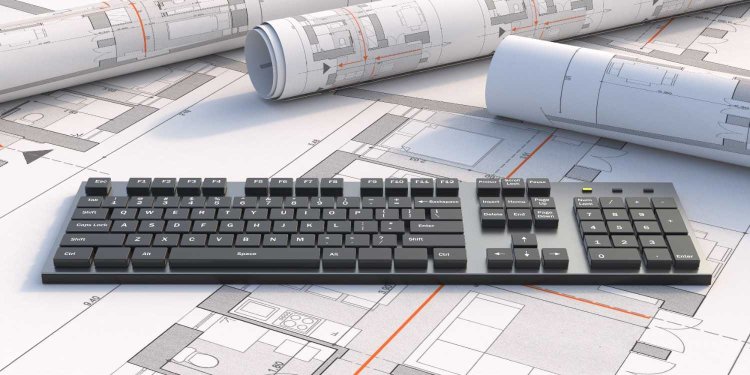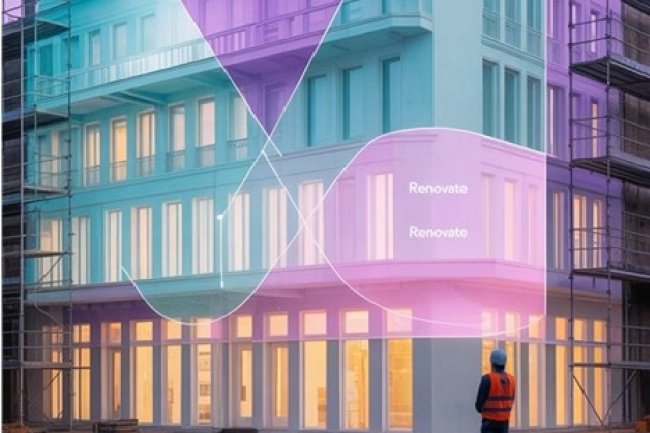How BIM Improves Collaboration Across AEC Disciplines
In the Architecture, Engineering, and Construction (AEC) industry, collaboration isn't just a buzzword—it's the foundation of successful project delivery. Building Information Modeling (BIM) has revolutionized how teams work together, breaking down silos and creating a shared digital environment where architects, engineers, and contractors can coordinate seamlessly from concept to completion.

The Collaboration Challenge in Traditional Workflows
Communication Breakdowns
Traditional project delivery methods rely heavily on 2D drawings and fragmented communication channels. Information gets lost between disciplines, leading to costly mistakes during construction.
- Disconnected software systems
- Version control nightmares
- Delayed RFI responses
- Miscommunication across teams
Costly Consequences
When collaboration fails, projects suffer. Design clashes discovered during construction can derail schedules and budgets, while rework consumes valuable time and resources.
- Budget overruns from clashes
- Extended project timelines
- Quality compromises
- Frustrated stakeholders
What Makes BIM a Game-Changer?
BIM creates a centralized, intelligent 3D model that serves as one source of truth for the entire project team. Unlike traditional CAD drawings, BIM models carry rich data for every component—from materials and dimensions to performance and maintenance details.
Centralized Data
All project information lives in one intelligent model accessible to every discipline in real-time.
Real-Time Updates
Changes made by one team update across all disciplines instantly—eliminating version confusion.
Visual Clarity
3D visualization helps teams understand complex spatial relationships and design intent instantly.
Five Ways BIM Transforms Team Collaboration
01. Clash Detection Before Construction
BIM software automatically identifies conflicts between disciplines—like a duct running through a structural beam—during the design phase. Teams resolve issues digitally rather than on-site, saving time and money. This proactive approach prevents the expensive surprises that plague traditional projects.
02. Simultaneous Multi-Discipline Design
Multiple teams work on the same model concurrently, with changes visible to everyone instantly. Architects refine layouts while engineers optimize systems in parallel, significantly compressing schedules compared to sequential workflows.
03. Visualization for Better Decision-Making
Stakeholders see exactly what they're getting through realistic 3D visualizations and virtual walkthroughs. Design intent becomes clear, reducing misunderstandings and change orders. Even non-technical clients can contribute meaningfully early on.
04. Integrated Project Delivery (IPD)
BIM supports IPD models, where owners, designers, and contractors collaborate from day one. Risk and reward are shared, aligning everyone’s incentives. Teams stay united around delivering the best possible project outcomes.
05. Data-Driven Construction Planning
Generate quantities, schedules, and construction sequences directly from the model. 4D and 5D BIM enables contractors to optimize planning, resource allocation, and cost forecasting before breaking ground.
Real-World Impact: The Numbers Tell the Story
The benefits of BIM-enabled collaboration aren't just theoretical—they deliver measurable results that impact the bottom line. Industry research and real-world implementations demonstrate significant improvements across key project metrics.
Fewer Design Errors
Clash detection identifies conflicts before construction, drastically reducing field issues.
Cost Savings
Better coordination and reduced rework translate directly into improved budget efficiency.
Faster Delivery
Concurrent workflows and fewer conflicts significantly compress overall project schedules.
The Future of AEC Collaboration Starts Now
BIM has fundamentally changed how AEC professionals work together, transforming collaboration from a challenge into a competitive advantage. By creating a shared digital environment where all disciplines contribute to a single, coordinated model, BIM eliminates the communication gaps that have historically plagued construction projects.
Whether you're a project manager looking to improve coordination, an engineer seeking better design integration, or a contractor wanting to reduce field conflicts, BIM provides the platform for seamless collaboration across your entire team.
Ready to transform your project collaboration? The tools and processes exist today to deliver better outcomes through integrated BIM workflows. The question isn't whether to adopt BIM — it's how quickly you can leverage it to gain a competitive edge in an increasingly complex industry.
What's Your Reaction?
















